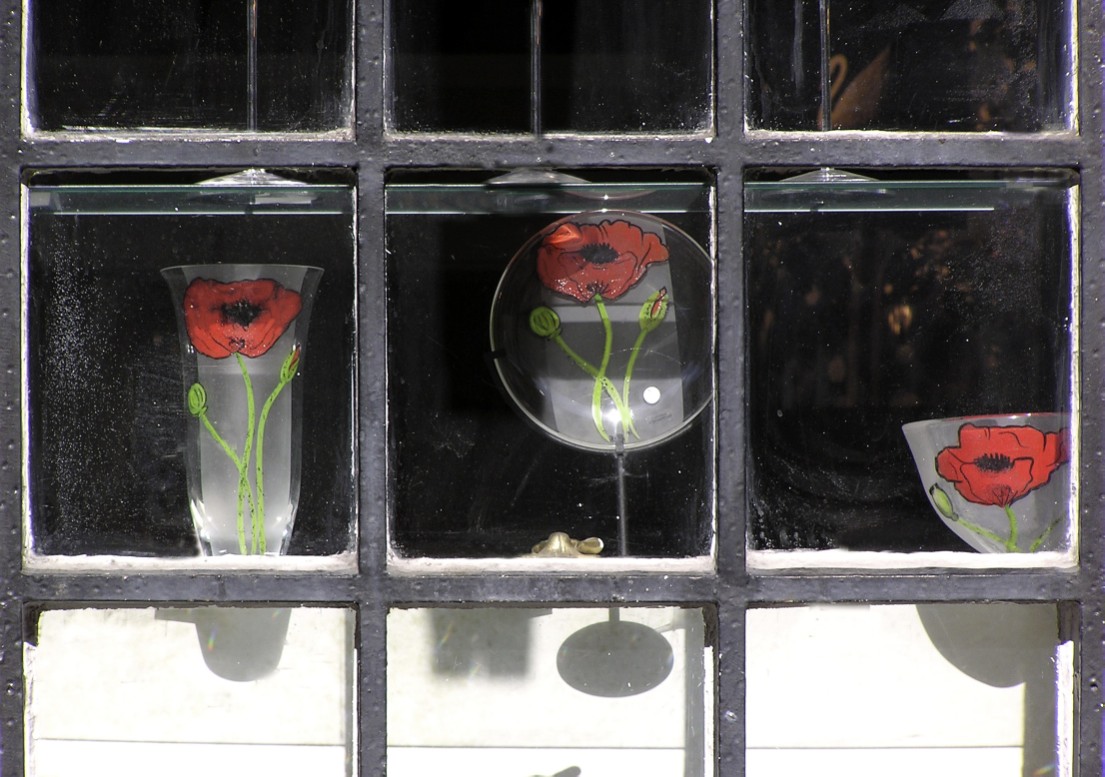
I offer yet another set of perspective that tends to be associated with theorists and researchers who live on the other side of the English Channel—in France, Germany and other countries on the European Continent. These analysts of interpersonal relationships engage the perspectives of Karl Marx, Neo-Marxists and contemporary social theorists known as structuralists, post-structuralists and postmodernists. These loosely-coupled Continental critics of contemporary societies focus on the power dynamics in interpersonal relationships and on the socially-constructed realities that comprise our prevailing views about the origins and nature of human interactions. I will be turning to each of these three schools throughout this book. At this point, I will set the stage for these multiple perspectives on the New Johari Window by offering a preliminary description of each of these three insightful and influential ways of viewing and thinking about human interactions.
The American School
To understand the fundamental principles of this first school, I turn to a quite different discipline (architecture) and focus specifically on a very American architectural innovation: the Western Ranch house. In this type of home, everything has been built on one level. There is no basement and no attic. There are many windows in the home and divisions between rooms are often nonexistent or only suggestive. When you walk in the front door, you enter directly into the living room and at the same time can glance over your shoulder looking down the hallway to all the adjoining bedrooms.
This open architectural style is dramatically exemplified in the Eichler homes that were so popular in California during the 1950s. In these homes there is one central room from which every other room radiates. In these suburban homes, located in middle-class communities, everything of importance takes place in the den, in the TV room, or on the patio. If there is a formal living room, it is rarely used and is kept very tidy—for show and not for either living or informal entertaining. In essence this is a home of visibility (and superficiality): what you see is what you get and what you are intended to see!









